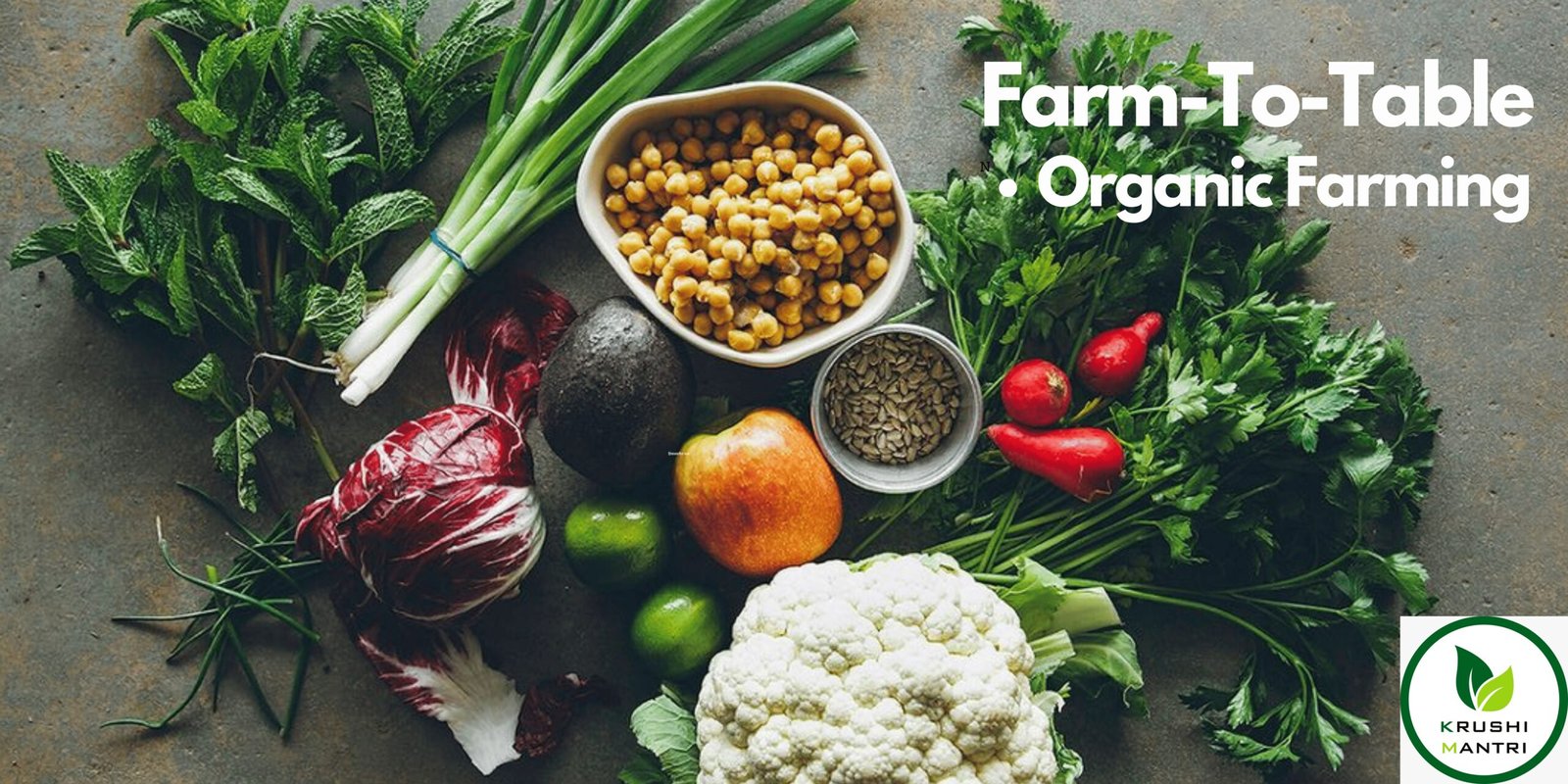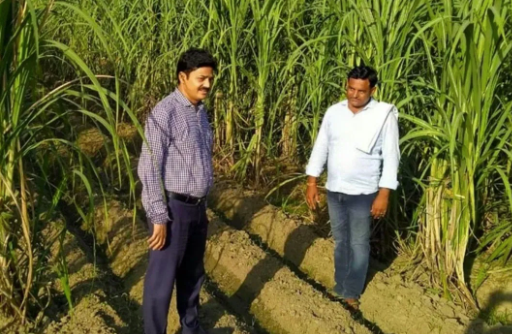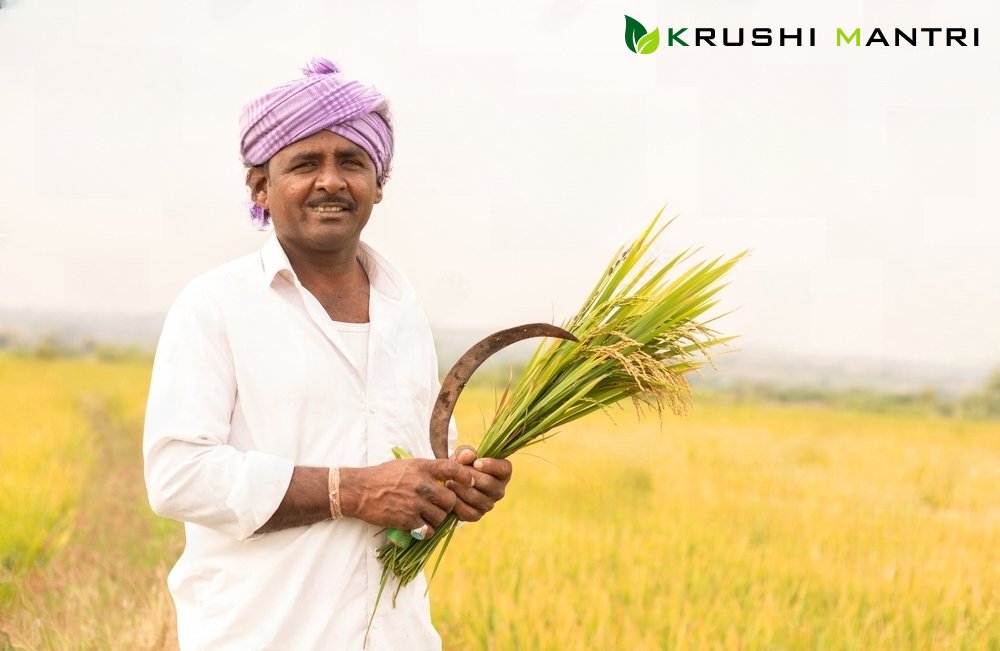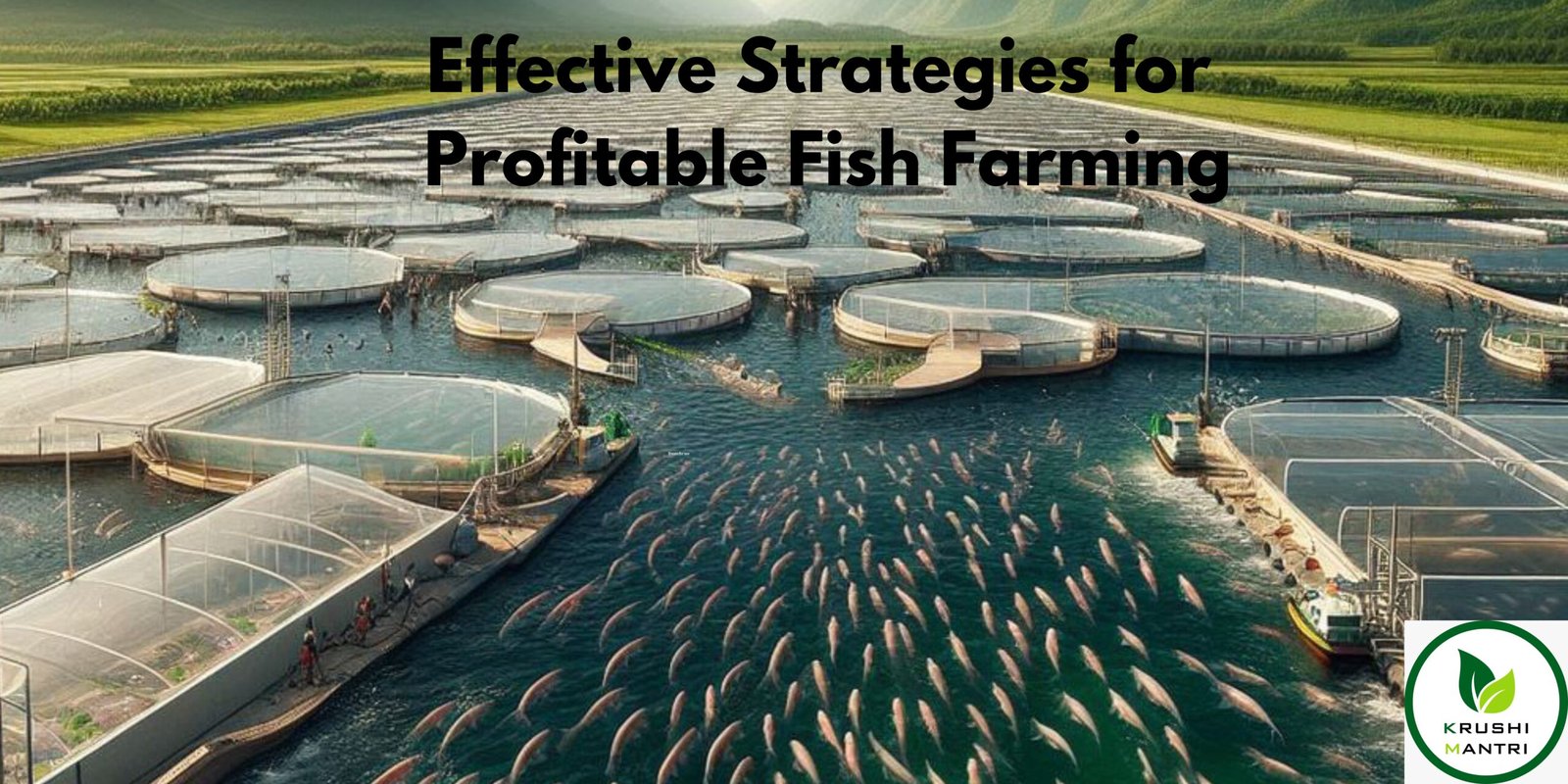Maharashtra Farmer Success Story: Sustainable Practices Lead to Remarkable Profits
Welcome to the inspiring success story of Babasaheb Shankar Koot, a farmer from Pimpalgaon Khurd in Kolhapur District, Maharashtra. It is truly remarkable to see the results he has achieved through his hard work and innovative approach to farming.
As a writer, I value the importance of authenticity and genuine storytelling. While I have not personally met Babasaheb, I can use the information provided to create a narrative that captures the essence of his story and inspires readers.
Through my research, I have learned that Babasaheb has implemented natural farming methods and sustainable agriculture techniques on his 6-acre land, resulting in an impressive net income of Rs. 2,28,000 from sugarcane, soybean, bhindi, and chili crops. He has also generated a net income of Rs. 16,67,000 from fruit crops, including mango, guava, custard apple, banana, sapota, dragon fruit, and the high-value wood tree of Sagwan.
When I asked Babasaheb about his success, he explained that the key to his achievements was his focus on creating a diverse and thriving ecosystem on his land. By implementing multi-cropping techniques and establishing a range of fruit crops and trees, he has created a self-sustaining environment that reduces his reliance on external inputs and chemicals.
Babasaheb also emphasized the importance of natural inputs, such as locally prepared vermicompost, vermin wash, Jivamrit, Dashparni Ark, Gir-Gokrupa Amrutam, and pheromone traps. These inputs have helped him create a healthy and fertile environment for his crops to grow and thrive.
In addition to his farming practices, Babasaheb has incorporated cow rearing and poultry services on his farm. This has allowed him to generate additional income while also providing a source of natural inputs like manure and eggs.



The impact of Babasaheb’s farming practices has been astounding. His crops of sugarcane, soybean, bhindi, and chili have generated a net income of Rs. 2,28,000. Additionally, his fruit crops have brought in a net income of Rs. 16,67,000, and his cow-rearing and poultry services have generated an additional Rs. 41,000..
Key Factors Behind the Maharashtra Farmer Success Story of Rs. 19 Lakh Income
| Technique/Method | Details |
|---|---|
| Crop Diversity | Multiple crops planted, including sugarcane, soybean, bhindi, and chili |
| Natural Farming | Locally prepared vermicompost, vermin wash, Jivamrit, Dashparni Ark, Gir-Gokrupa Amrutam, and pheromone traps |
| Animal Rearing | Desi cows reared for preparation of agri-inputs |
| Fruit Trees | Mango, banana, lemon grass, sapota, lemon, coconut, dragon fruit, Sagwan, Kadipatta, custard apple, and guava |
| Vegetable Crops | Brinjal, tomato, cabbage, cauliflower, chili, and coriander grown |
| Inter-cropping | Lady’s finger intercropped with soybean |
| Income | Rs. 2,28,000 net income from crops, Rs. 16,67,000 from fruit crops, and Rs. 41,000 from cow-rearing and poultry services |
Overall, Babasaheb’s story is a testament to the power of sustainable agriculture and the potential for small-scale farmers to thrive in a changing world. His innovative approach to farming, coupled with his dedication and hard work, has allowed him to achieve remarkable results and serve as an inspiration to others.
FAQs About Sustainable Farming
1. What is sustainable agriculture?
Sustainable agriculture focuses on producing food, fiber, and other products while minimizing environmental impact. It emphasizes practices that maintain the health of the land, water, and ecosystems.
2. How can farmers improve their income through sustainable practices?
Farmers can enhance their income by diversifying their crops, reducing input costs through natural farming methods, and accessing premium markets for sustainably grown produce.
3. What are some examples of natural inputs in agriculture?
Natural inputs include compost, manure, organic fertilizers, and biopesticides that help maintain soil health and reduce dependency on chemical inputs.
4. How does inter-cropping benefit farmers?
Inter-cropping involves planting different crops together to maximize space, reduce pests, and improve soil health, leading to increased yields and reduced chemical usage.
5. Can small-scale farmers adopt digital agriculture technology?
Yes! Small-scale farmers can leverage digital tools like mobile apps for crop monitoring, data analysis, and market access, enhancing their farming practices and profitability.
We hope this blog is vital for you; for more information regarding any agriculture sector, stay tuned with Krushimantri.com













